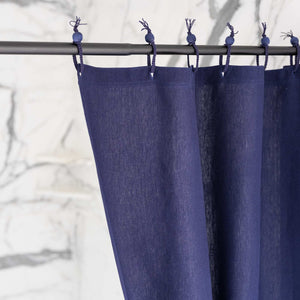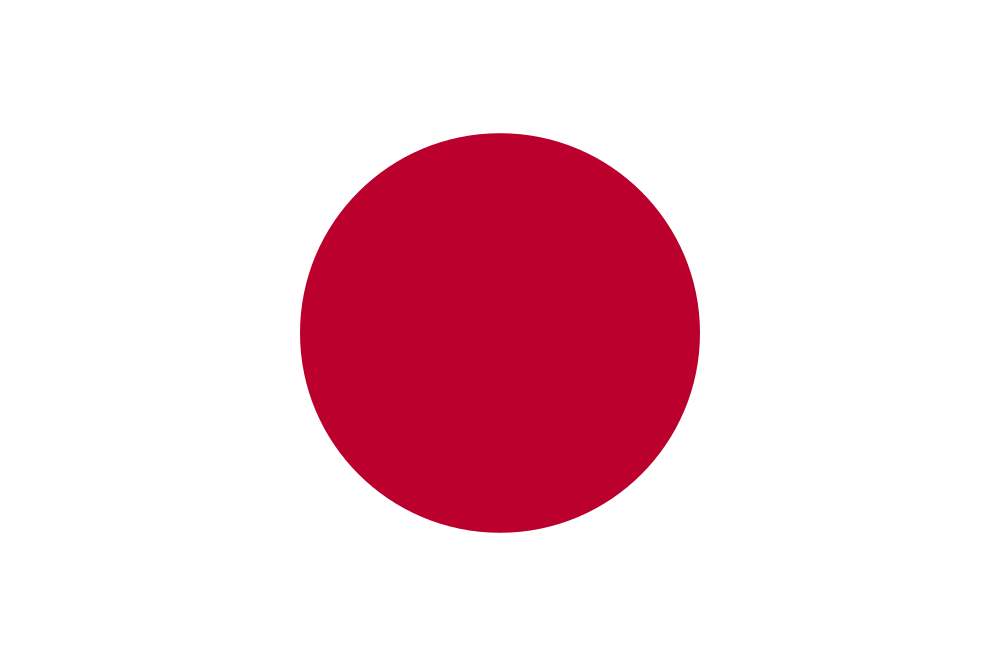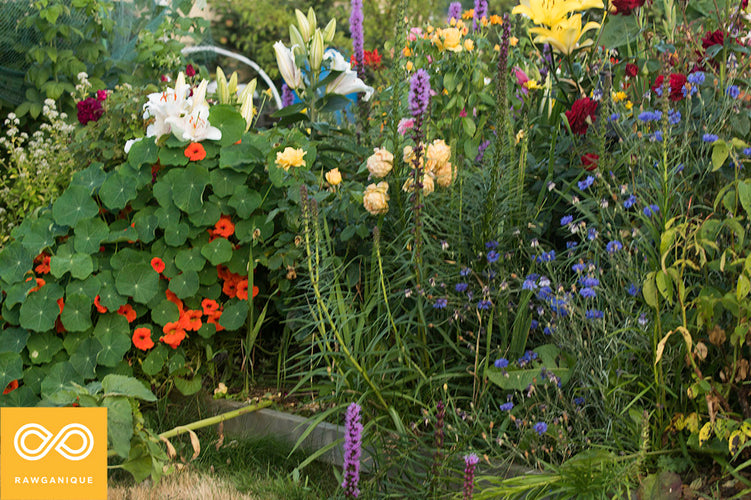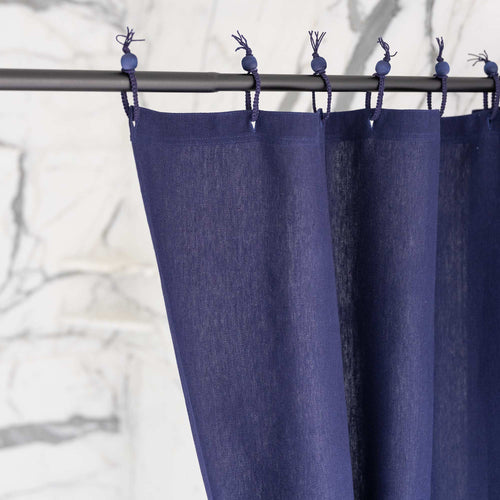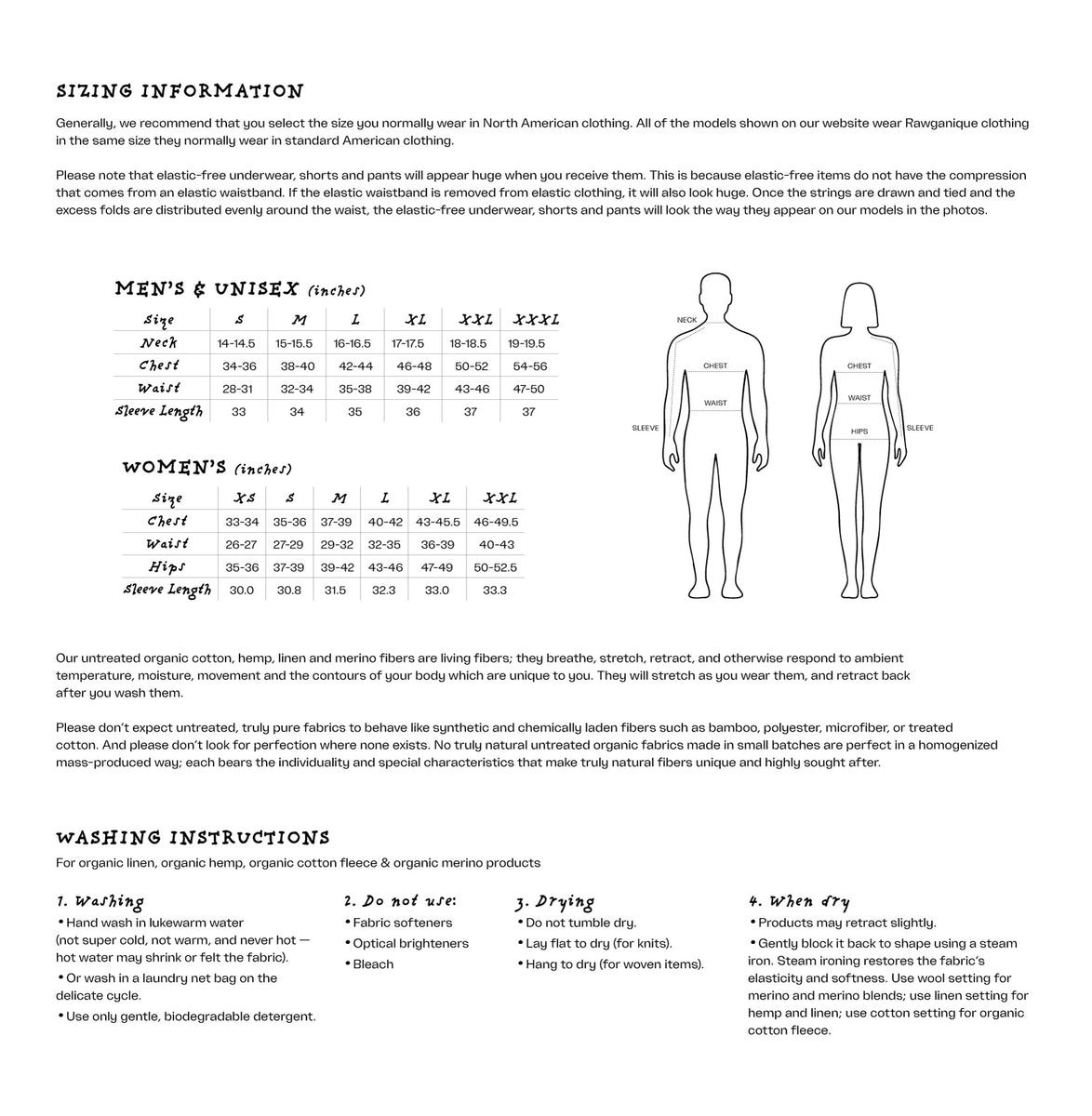One vindication of our garden-according-to-Nature method comes from the unlikeliest source! Below is an article from Reuters detailing how the accepted notion of what grows where and what to do with what has been turned on its head. We at Rawganique.com have been doing this do-nothing for a while too, amidst disbelief from some of our neighbors. "No, you can't grow such and such a tree here, it's too cold," they'd say. Filing their well-intentioned warnings somewhere in our bottom drawers, we went ahead and planted 300 odd trees in our orchard. We believe in leaving Nature to her own resources, which are quite considerable, come to think of it. ;) Vive la Nature! So, our garden is laden with all manners of subtropical fruit trees as well as more traditional ones. We've done nothing to them since we first planted them. So far, they've all survived, even though we've had quite a challenging winter/spring this year. And when they all start bearing, you'll be hearing from us; we'll give you the low-down on all the juicy bits and pieces of jujubes and other such delectables! Remember, do nothing, no pruning, no digging, no rototilling. Leave Nature be!
August 24, 2001 By Reuters. RAMINGSTEIN, Austria — In the coldest part of Austria, a farmer is turning conventional wisdom on its head by growing a veritable Garden of Eden full of tropical plants in the open on his steep Alpine pastures.
Amid average annual temperatures of a mere 39.5 Fahrenheit, Sepp Holzer grows everything from apricots to eucalyptus, figs to kiwi fruit, peaches to wheat at an altitude of between 3,300 and 4,900 feet. Once branded a fool, fined and threatened with imprisonment for defying Austrian regulations that dictate what is planted where, he is now feted worldwide for creating the only functioning "permaculture" farm in Europe. Permaculture, an abbreviation of permanent culture, is the development of agricultural ecosystems which are complete and self-sustaining.
"Once planted, I do absolutely nothing," Holzer told Reuters. "It really is just nature working for itself — no weeding, no pruning, no watering, no fertilizer, no pesticides."
His 110 acres of land in the mountainous Lungau region in the province of Salzburg are classed by European Union directives as unfit for agricultural cultivation due to the steep gradient and poor soil. When Holzer inherited the farm - then 44.5 acres - 39 years ago, it was only used for the grazing of the family's cows and sheep. He carved terraces out of the steep inclines - like the ancient Incas and Maya of South and Central America - to stop erosion and trap rainfall. He rejected the use of pesticides and fertilizers, which he considered poisonous, and the concept of mono culture - the cultivation of just one plant type over an expanse of land - because he believed it sapped the soil of all nutrients. Instead he began growing a host of timber and fruit trees, shrubs and grasses all mixed up together.
"Everyone said I was mad and I had to pay numerous fines because the authorities said that it was illegal to plant such a combination," Holzer said. "When I bought this patch of land off a farmer, it was not fit for the cows and sheep grazing on it. People scoffed that I was neglecting my land — but now they come to harvest cherries from June to October." "This is the worst type of soil, which just goes to prove that there is no bad soil, just bad farmers," he added.
PROOF IS IN EATING OF PUDDING
Most of the plants Holzer and his wife Vroni grow at his "Krameterhof" holding are not meant to flourish in Alpine conditions, according to experts. In winter, the temperature can fall to below minus 22 degrees Fahrenheit and a blanket of snow lingers into May. Snow can even fall in the height of summer. Holzer said he found agricultural textbooks and his own years at agricultural college virtually useless. "I followed their advice initially, but my trees started dying off. I then realized that I had to eradicate from my memory all that I'd learned at college," he said.
Enlightenment came one winter during one of Holzer's routine moonlight strolls, when he noticed that the only apricot tree faring well in the harsh winter conditions was one he had forgotten to cut back according to ministerial regulations. Unlike the pruned trees whose main lower branches snapped off under the weight of snow, the "neglected" tree's branches were intact. Their unrestricted length had allowed them to droop with the tips touching the ground for support while the snow slid off, Holzer found. Allowing natural vegetation to grow around the trunk provided further support and nourishment for the tree. "If people would only realize that if one leads a life in cooperation with nature and not against it, then nobody in the world need die of starvation," he said.
LET NATURE TAKE ITS OWN COURSE
Holzer's philosophy is that nature knows best and needs negligible interference from Man. "We're born into paradise, but are destroying its foundation, the soil. The soil can look after itself, there's no need for Man to tamper with it." Giant stone slabs pepper the landscape and serve as incubators by absorbing the sunlight and giving off warmth. The trees do their part as well in keeping the ground warm. Fallen foliage helps keep frost from reaching the roots. Tree stumps dot the plantations to regulate irrigation. Like a sponge they soak up water and later distribute it. Animals too have a role in the Holzer ecosystem. Scavenging pigs till the soil in place of a tractor, while grass snakes were reintroduced to keep voracious slugs and mice in check. Holzer is modest about his achievement which has led to projects in more than 40 countries and lectures on "the elimination of poverty in agriculture." He has rejected suggestions that he should have his method of permaculture patented. "I would consider that as theft from nature. It's not my possession, I got it from nature and have an obligation to pass this knowledge on," the bearded 59-year- old said.
INSPIRATIONAL, BUT ECONOMICALLY VIABLE?
Holzer says his method of organic farming produces a much higher quality of crops than conventional farming, and at a fraction of the cost and effort. He says his rare strain of grain contains 12 times the goodness of conventionally grown grain and as a result fetches a price 100 times higher. His success means that he no longer lives directly off the crops in his sprawling garden, or the rare fish in his Alpine ponds and lakes. People pay to pick their own fruit from his land, experts visit to study "Holzer Permaculture," and the man himself regularly holds seminars when not in a far-off country such as Colombia solving chronic problems of the soil. And only one thing has so far stumped the man with green fingers. "Bananas," he said with a shrug of his burly frame. "They froze. It's no surprise as they need an average temperature of 30 degrees. But I'm still working on it."
Copyright 2001, Reuters About year-round veganic gardening at Rawganique.com
by Touch Jamikorn (2004)
In the Pacific Northwest, the staples in the winter (and we're talking greens here) are the lettuces, cabbages (I've grown to like this family after growing my own — before that I didn't really like them; never knew they were sweet and crunchy until I bit into homegrown ones), and of course kale and lots of kale. And there's also Jerusalem artichokes aplenty — great for grating and julienning — they're great because of their weed-like behavior, you have to pull them out by bits and pieces to stop them propagating. Corn salad of all sorts do well here too; so do celery and purslane and for times of want there's always chicory and dandelions to force and chickweed to gobble.
I was quite excited about the whole gardening thing when I started homesteading and so planted basically everything I could plant (most grew quite well), including many exotic things, and then other things took over (like the website and that thing called real life) and so gardening became a subsistence thing. So now instead of growing fanciful stuff, I grow the bulky, filling, chlorophyll-filled things I never tire of eating day in and day out and it boils down to: Four Seasons lettuce, Siberian kale (I like it way better than Red Russian), Collard greens, and broccoli, and that's about it. The great thing about them is that they self-sow so after the first year there's not much to do except harvest. ;) And this doesn't include the fruits yet — persimmons and apples and pears bear well into the late fall and keep quite well through the winter, tying my fruit supply into spring. And in spring and summer the seasonal things take over and there's way too much to eat: peaches, pawpaws, and also exotic subtropical fruits that I'm experiment with (like loquats, jujubes, etc...) and tomatoes and cucumbers.
And all this for doing nothing except make holes in the straw and sow and water some during the drought of mid-summer! I garden without digging and it works great for me. My whole garden (veggie & fruit) is covered in any given time by at least 8 inches of spoiled hay which keeps rotting,feeding the worms underneath while keeping the soil moist, dark, and nutritious for plants. And since I don't disturb the soil, there's really no much chance for weeds to propagate (they prefer disturbed sites) and whatever there is is easily pulled out because the soil is so soft and moist. So without any help whatsoever from chemicals, pesticides, or manure, my soil is great — dark and most and nutritious, judging from how big my plants grow (the constant rain, annoying though it is at times, doesn't hurt when it comes to veggies and fruit trees).
So to get back to winter gardening — I survive the winter eating quite well from the garden, what with the help of sundried tomatoes and tomatillos from the summer for dressing and the greens that I harvest everyday through the year. Winter is generally winter; summer, strangely, is a tough time up here as nothing much grows because it's so hot and dry; the greens prefer cool and moist weather. And nuts and nut butters help tie me through the winter as well. For me personally, there's more than enough variety as I don't mind eating my kale or broccoli everyday; I just can't get tired of them. I'm so glad I discovered the wonder of greens, so centering and calming are they.
For insurance, in case we have a really harsh winter (so rare it doesn't even bear thinking about — we average only 1 or 2 snows a year) I keep 2 or 3 plots covered with plastic stretched (I wish they had hemp plastic) over deer fence frames, creating a makeshift cloche of sorts and it works so well (and cheap too) that I do it every year just so. I have lots of garden space here at my homestead and so I'm quite liberal with my planting; and why not, since kale seeds come free by the thousands. ;) In monetary terms, I've saved so much money by growing my own food and as a result am also eating like Hemperor ;) too in the process. There's no getting around it: grow your own or put up with the wilted and expensive produce at the health food store which has been trucked in from who knows where and grown according to who knows method. Growing your own allows to say what, where and when — I know I'm eating veganically because I grow it myself.
I was actually quite surprised to hear that organic-certified farmers are allowed to use some chemicals that don't have natural equivalents. And of course they use all kinds of animal by-products, which I prefer to forego. OK, so that's the long and short of it about winter gardening in the Northwest!
